Three Tips If You’re Weighing Taxidermy as a Career Path
After decades in the taxidermy industry, I’m often asked what it takes to be successful as a taxidermist. In the case of Animal Artistry, luck and timing certainly can’t be overlooked, but a solid business model and the ability to think on our feet have both been critical. Here are three tips if you’re weighing taxidermy as a career path.
Be a Professional
Taxidermy is often considered a hobby industry, and the behavior of many taxidermists perpetuates that idea. If you really want to make a living as a taxidermist, remember that you are a professional — and act like one. That means posting and keeping regular business hours, ensuring that calls and emails to your phone and inbox are promptly answered, and handling issues as they arise. I promise you that at some point, you’ll end up dealing with an unhappy customer. Don’t avoid it — deal with it directly, be gracious, humble, and honest, and learn from it.
Being a professional will solve multiple issues before they begin. You can start by considering how you would like to be treated as a customer in your own shop, and then take steps to ensure you’d be satisfied. That may mean offering round-the-clock drop-off service to accommodate clients who are coming in during off hours. It may mean hiring additional staff to run the front desk or manage your social presence. It may mean working with a designer to ensure first impressions in your studio are truly exceptional. Think about what matters to you and what you can do to convey the level of service and professionalism offered in your studio. It will pay off.
Prioritize Your Time
The idea of being your own boss is appealing, but the reality of managing your own time isn’t always so ideal. Long lunches, a quick break to run an errand or two, ferrying the kids here or there — this stuff adds up. The best way to put the concept of self-employment into perspective is by remembering that you don’t get paid just for showing up at your studio. You get paid when you do the actual work of creating a trophy. There’s a lot of time, energy, and hard work that goes into every mount or trophy room, and prioritizing your time means more money in your pocket.
Quality Matters — But Remember Your Audience
The digital world has changed the way many of us do businesses, across just about every industry. But while creating something spectacular for a convention or a customer is one thing, consider what it’s costing you to do the same for a social media post. There are many, many aspects of taxidermy that can truly only be appreciated by other taxidermists — the people who recognize the anatomical knowledge and technical and artistic skill needed to realistically replicate a living, breathing animal. These are the people who can appreciate the time that goes into a project like this — time that can break down into a pitiful hourly wage if you get too caught up in details that will largely be overlooked. Use your best judgement when it comes to individual trophies. Your goal should be to exceed your customer’s expectations, every time, and you’re the best judge of what will wow, without sacrificing a living wage to make it happen.
The Takeaway
Finding success as a taxidermist is feasible, and Animal Artistry is but one example. What separates our approach from those who fall into the “hobby industry” category is twofold — our commitment to professionalism and our concept of animals in motion. Finding a niche will help set you apart as you begin your taxidermy career, but the key to making it successful lies in a solid business model.

